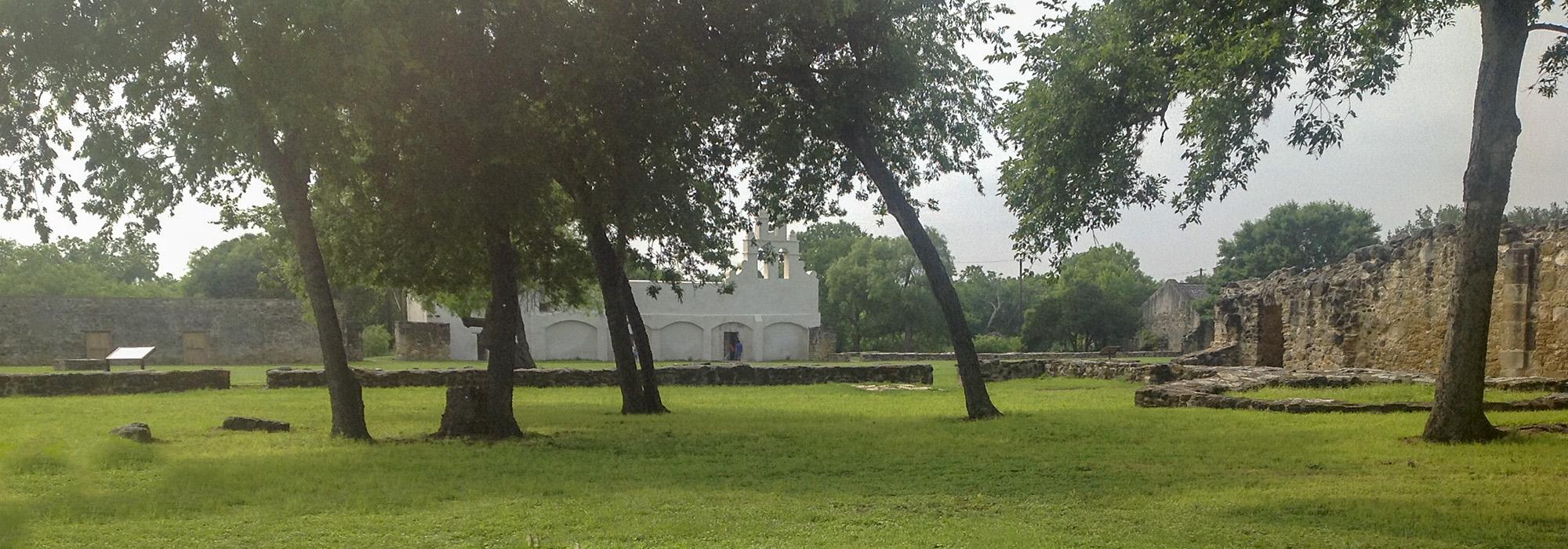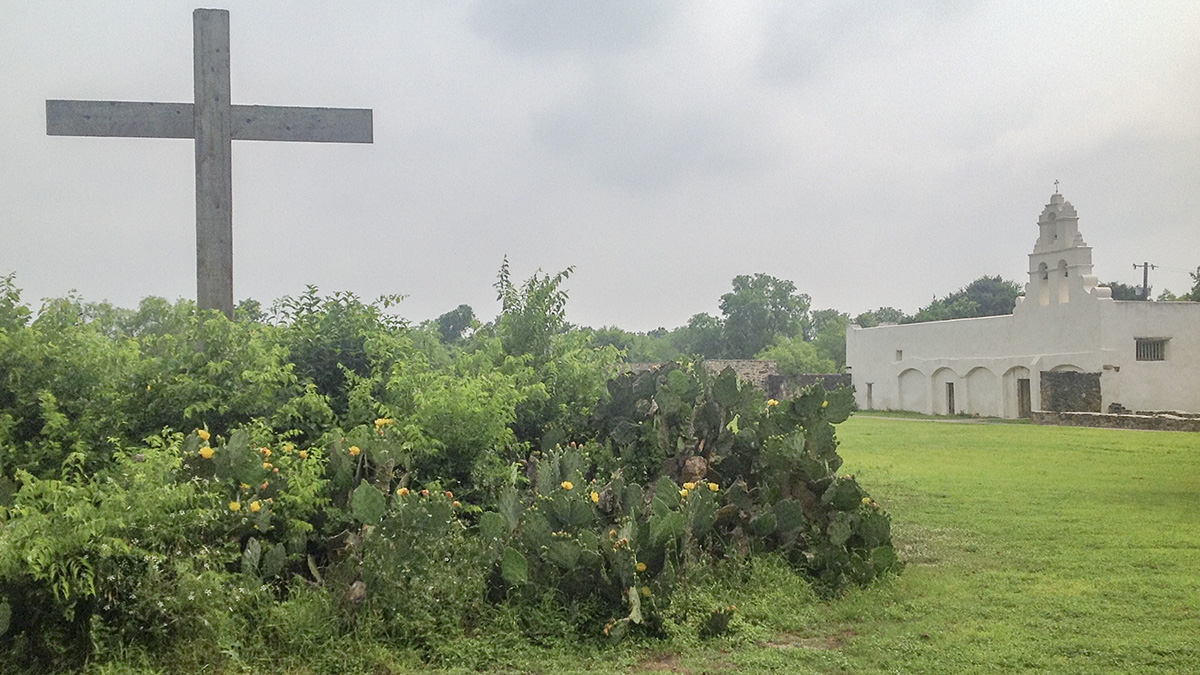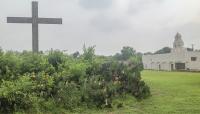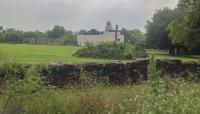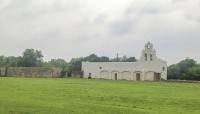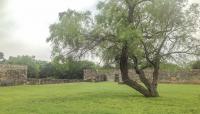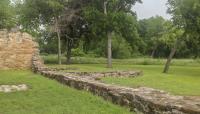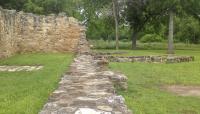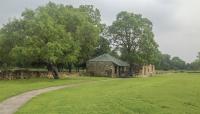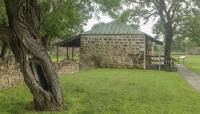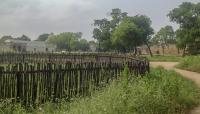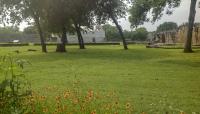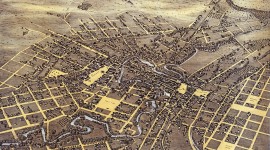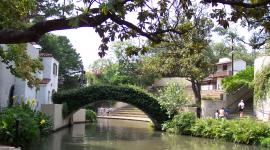Landscape Information
Established in 1716 as Misión San José de los Nazonis in East Texas, in 1731 the mission was renamed and moved to San Antonio, about 2.5 miles south of Mission San José and one mile north of Mission Espada. A self-sustaining community, Mission San Juan's mostly rural setting is retained as open land to this day. Native flora of the Blackland Prairie and South Texas Brush Country regions can be found throughout the landscape. The 0.3-mile Yanaguana Trail loops south and west from the mission, following the original channel of the San Antonio River (since partially rerouted) through woodlands, with boardwalks and overlooks at several points along the walking path.
In addition to the church, convento (convent), and living quarter remnants typically found at the missions, San Juan's original porteria (gate house), composed of mud plaster and lime, is still standing at the southwest corner of the perimeter wall. Extensive excavation work in the twentieth century has provided insight into mission life, and in 2012 a $2.2 million restoration effort was undertaken to save the church, which had become structurally unsound. Unique among the San Antonio missions, the main church was covered in protective white limestone plaster at this time, in stark contrast with the adjacent dark stone structures and green landscape. Mission San Juan was individually listed in the National Register of Historic Places in 1972, and is a contributing feature of the San Antonio Missions National Historical Park, listed in 1978. The four San Antonio Missions, along with the Alamo, became a UNESCO World Heritage Site in 2015.



